Signature Spider Facts
- The commonly used term Signature Spider serves as the common name for any arachnid in the genus Angiope. Currently, scientists recognize 75 members of this impressive genus. That may change, however, as new species become recognized.
- That attention-grabbing common name comes from the four unique zigzag patterns individuals create in the center of the web. Scientists applied the term stabilimentum to these patterns. Many researchers believe these designs serve several purposes.
- These supposed purposes include attracting insects and warning larger creatures of the presence of the web. That would make sense, from a practical standpoint, since the majority of the web typically remains practically invisible to the eye.
- The colorful arachnid also evolved very specific, and highly effective, behavioral patterns. The legs usually get held together in pairs while the spider sits stationary in the web. Therefore, most prey does not recognize the creature as a spider.
- For the moment, most of the various forms of Signature Spider seem to be maintaining large and stable populations. The IUCN, therefore, presently does not list many of them on its Red List. Many, though, no doubt face the ongoing threat of climate change.
Related Articles
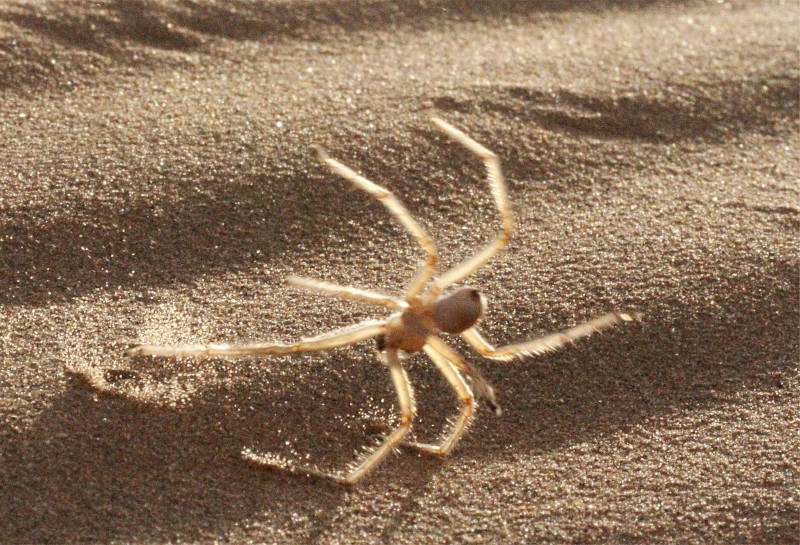
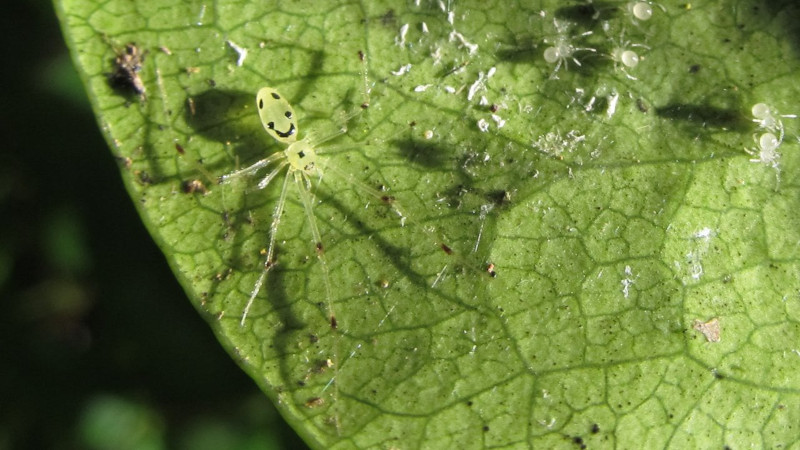
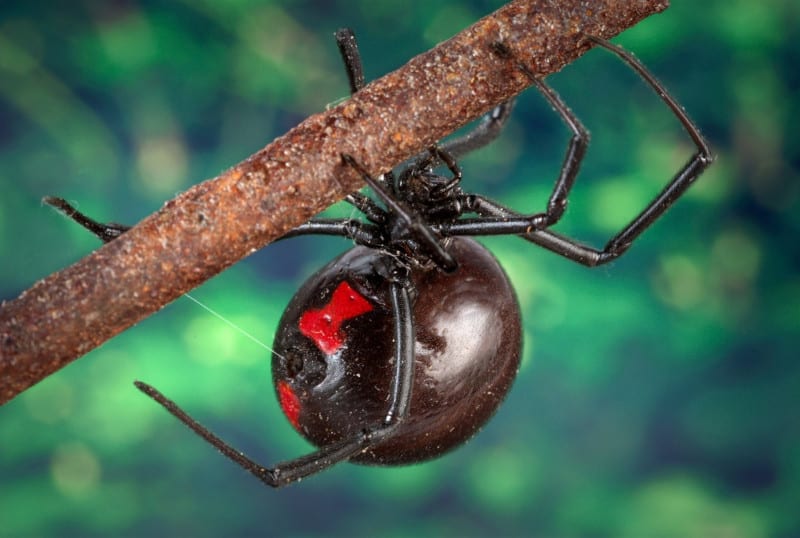
Signature Spider Physical Description
Perhaps most notably, the various species of Signature Spider exist in a wide range of sizes and appearances. The various types also exhibit sexual dimorphism in the same manner. That’s due to the fact that each of them display this trait in terms of sheer physical size.
As part of this characteristic, females typically reach several times the size of the males. The females of a few of the largest species, furthermore, attain an impressive leg span of as much as 4 in (10 cm) across. Males, meanwhile, rarely exceed 1 in (2.5 cm) across.
The great majority of the different types of Signature Spider present basically the same color pattern, however. This color scheme consists of a predominantly yellow body, with black legs. The eight legs also grow long and powerful, relative to its body size.
- Kingdom: Animalia
- Phylum: Arthropoda
- Class: Arachnida
- Oder: Araneae
- Family: Araneidae
- Genus: Argiope
Signature Spider Distribution, Habitat, and Ecology
It must be noted and appreciated, first of all, that the remarkable Signature Spider has an extraordinarily wide distribution. That’s because the various species in the genus inhabit nearly every part of the globe. The sole exception to this range consists of Antarctica.
The differing species, therefore, thrive in significantly differing habitats. These include such regions as jungles in the tropical regions, to forests, gardens, and even private yards, in temperate regions. But, most species occur in temperate and tropical climates.
The majority of the different species of Signature Spider also construct their webs roughly 3 ft (1 m) above the ground. Most forms and individuals prefer regions of dense foliage since this also typically means the presence of large numbers of small flying insects.
Though all of them typically prey on very small insects, most remain capable of killing an insect twice their own size. A few of the larger species can also deliver a rather painful bite to a human being. The toxins, though, generally pose no threat to human life.
The pain of the bite, though, occurs simply due to the sheer size of the fangs of the arachnid. This is true because most have absolutely no venom at all. The cause of any pain felt remains consistent even for those few species in the genus that do possess toxins, however.
That’s because the venom of these creatures remains harmless to humans, except for those with relevant allergies or health issues. Finally, the relative toxicity and effectiveness of the venom roughly equals that of the sting of a bee. They’re large but harmless.
Species Sharing Its Range
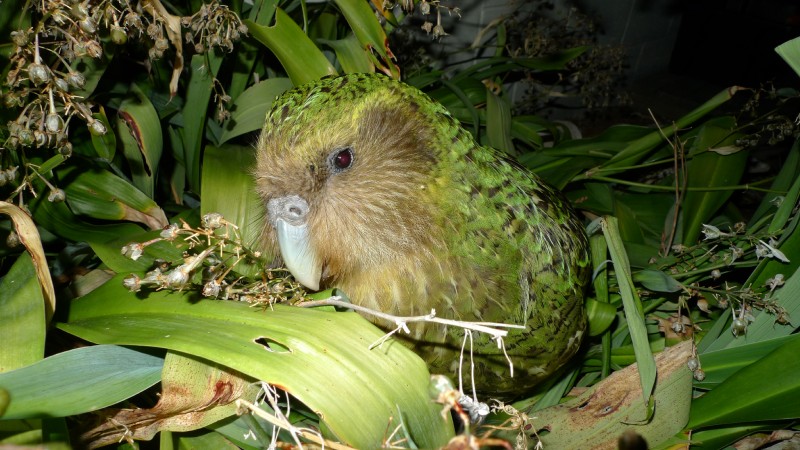


Check out our other articles on 5 Marvels of New Zealand and Australia, Dallol Hydrothermal Field, Ackee Tree, Florida Panther, Bornean Flat Headed Frog, Executioner Wasp, Hermann’s Tortoise
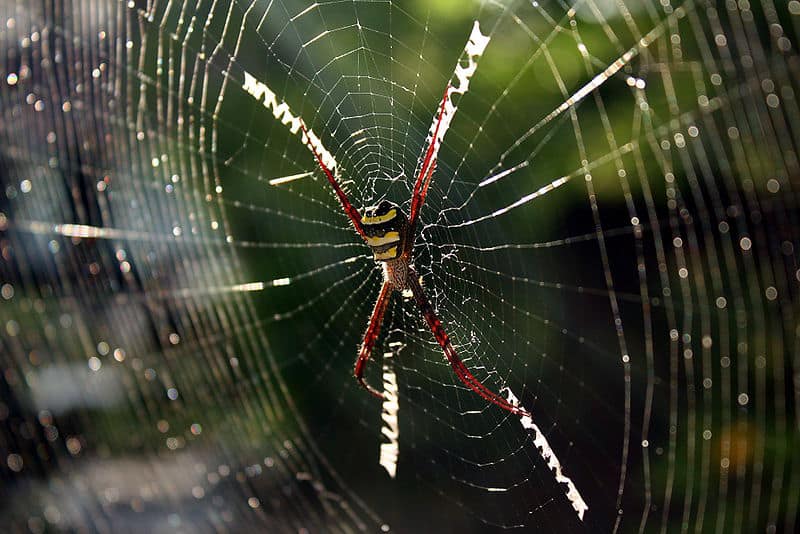
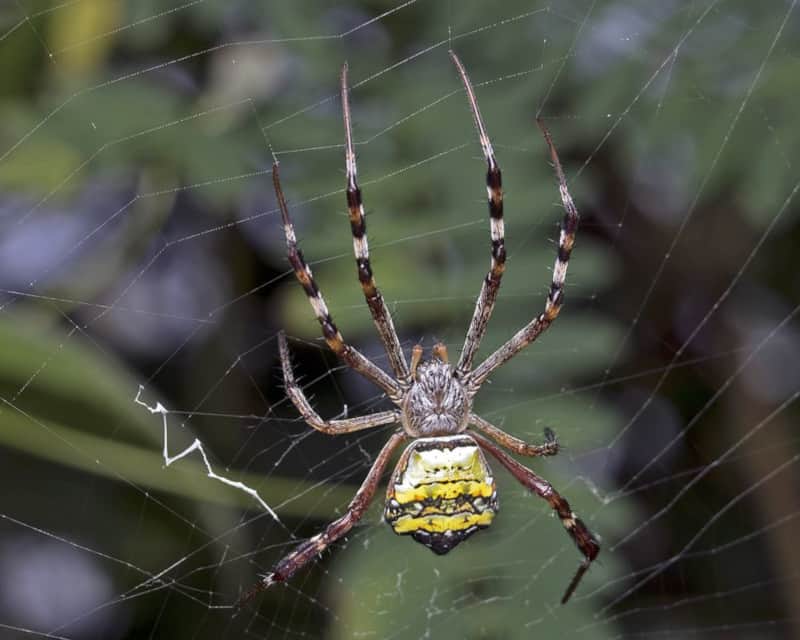
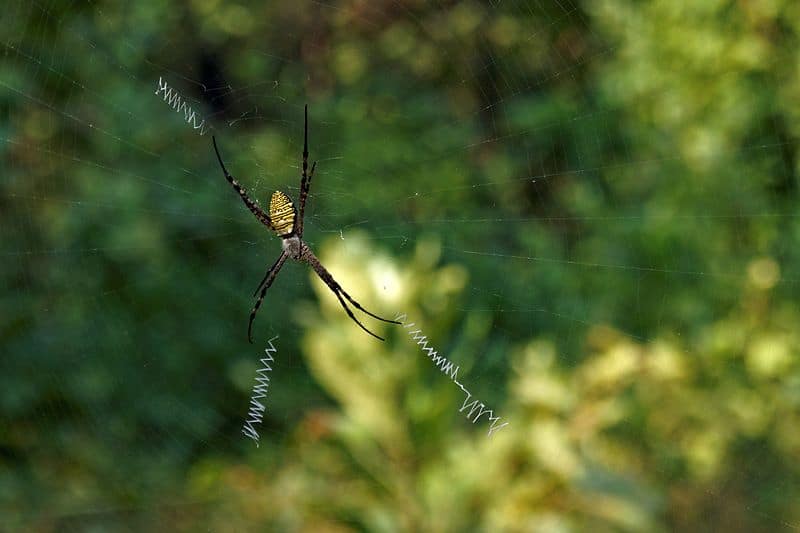









Leave a Reply